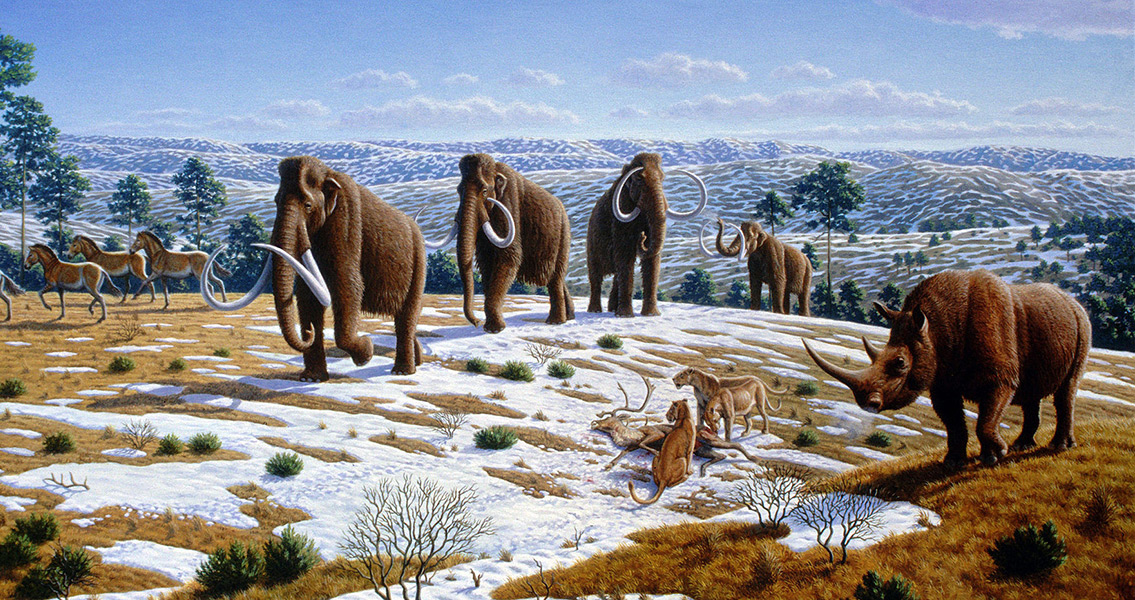<![CDATA[A new study from the University of Wyoming has confirmed a theory first put forward in the 1970s about the role humans had in the extinction of large mammals, in what is now North and South America. The team, including researchers from UW’s departments of Anthropology, Statistics, Physics, and Astronomy, analysed fossils from now extinct large mammals, including mammoths, camels, mastodons, and sloths, using radiocarbon dating, EurekAlert reports. They then compared these dates with existing evidence of the times when humans spread to the Americas. What they found was that the dates matched: the extinction of these species began around 13,300-15,000 years ago in the northern parts of North America, particularly in Alaska and the Bering Strait. It spread further south across the modern-day USA between 12,900 and 13,200 years ago, and across South America some 12,600 to 13,900 years ago. The theory that human colonisation of the Americas had something to do with the demise of megafauna was put forward by geophysicist Paul Martin, who claimed the rate of extinction of these large mammals can be used as basis for the mapping of humans’ spread in the region. In a paper published in the Proceedings of the National Academy of Sciences, the UW researchers note that there is mounting evidence of the significant effect humans had on ecological systems that they spread to in prehistoric times. "Past human societies have disrupted ecological communities in dramatic ways for many tens, if not hundreds of thousands, of years", they write. According to evidence available of the migration patterns in this part of the world during the timeframe used as reference, as humans first crossed to the Americas from Siberia, settling first in Beringia, which was a landmass connecting Asia and North America, they started moving south and hunting. Apparently, hunting was so intense that it decimated the populations of large mammals until they became non-viable and died out. The authors of the paper pointed out that it would be difficult to reconcile these findings with previous hypotheses that blamed the extinction of megafauna on one single factor, such as climate change or some kind of catastrophic event. At the same time, however, they acknowledge that the radiocarbon dating information points to humans migrating from the north to the south in the New World earlier than expected, and that there is also evidence suggesting isolated human communities were living there even earlier, some 15,500 years ago. Further work will be needed to find answers to the questions posed by this information. This study comes after two other ones pointing to the direct link between humans and the extinction of animal species. One of these, released last month, revealed that the first humans to inhabit Australia co-existed for a while with giant reptiles. Another one, from this month, suggested that humans change the habitats they enter much more quickly than previously thought, at least in some ecosystems. For more information: Test of Martin’s overkill hypothesis using radiocarbon dates on extinct megafauna ]]>
Hunting Contributed to Mammoth Demise
